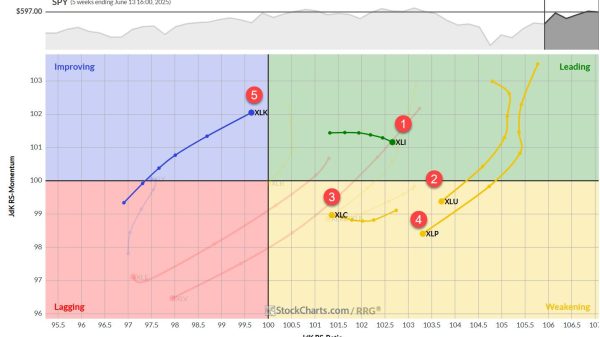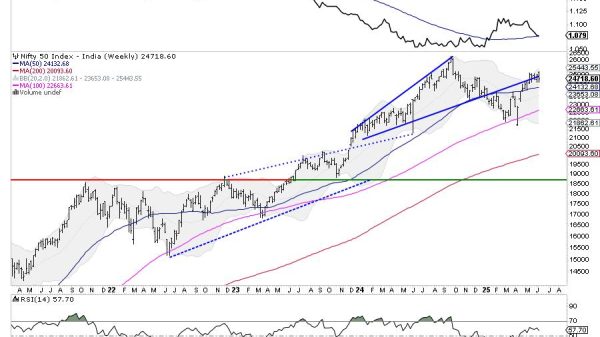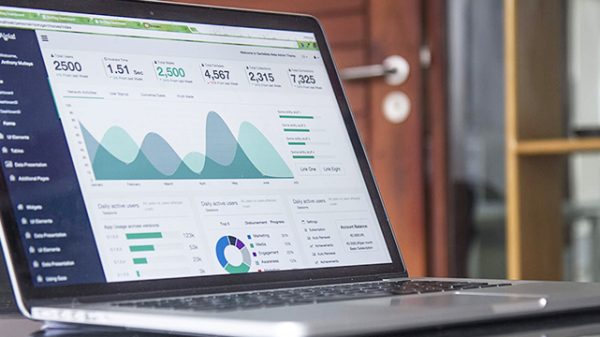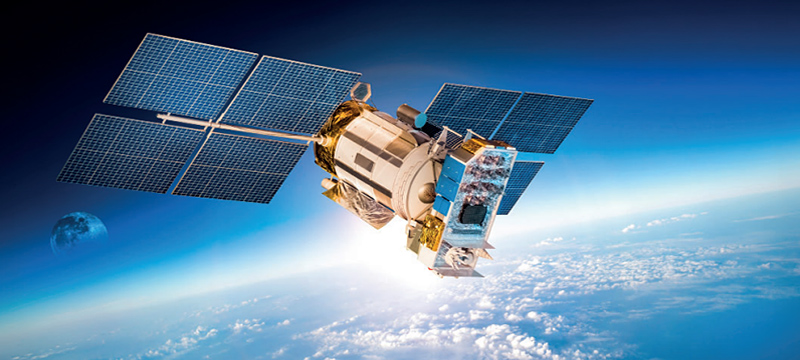According to a new market research report by Meticulous Research®, the satellite IoT market is projected to reach $2.48 billion by 2031, at a CAGR of 18.2% from 2024 to 2031.
Satellite IoT services are used for satellite communication networks to connect terrestrial IoT sensors and IoT end nodes to a server. Satellite IoT communication operates on different frequency bands, such as the L band, Ku band, and Ka band. These services have a wide range of applications, such as weather forecasting, equipment tracking, remote monitoring, television signal, fleet management, aircraft safety systems and telematics, internet communications, and the global positioning system. Satellite IoT services are used in several sectors, such as agriculture, construction, utilities, oil & gas, military & defense, transportation & logistics, and maritime.
The growth of the satellite IoT market is driven by the rising demand for interconnectivity between devices in remote areas and the increasing use of satellite IoT technology in the agriculture industry. However, the high costs of implementing satellite IoT solutions restrain the growth of this market. Additionally, the growing use of satellite IoT technology in maritime applications is expected to generate growth opportunities for the players in this market. However, satellite IoT devices’ vulnerability to cyberattacks is a major challenge for market growth. Additionally, low earth orbit (LEO) satellite-based connectivity and the increasing demand for environmental and weather monitoring devices are key trends in the satellite IoT market.
The satellite IoT market is segmented by service type (satellite IoT backhaul services and direct-to-satellite services), frequency bands (L band, Ku band, Ka band, and other frequency bands), organization size (large enterprises and small & medium-sized enterprises), sector (agriculture [environmental and weather monitoring, equipment tracking, and other applications], construction [site monitoring, fleet management, and other applications], utilities [remote monitoring, worker safety and security, and other applications], oil & gas [remote monitoring, worker safety and security, and other applications], military & defense [border intrusion and detection, aircraft safety systems and telematics, and other applications], transportation & logistics [telematics, location tracking, and other applications], maritime [communication and navigation, weather and meteorological data, and other applications], and other sectors), and geography. The study also evaluates industry competitors and analyzes the market at regional and country levels.
Based on service type, in 2024, the direct-to-satellite services segment is expected to account for the larger share of around 71.0% of the satellite IoT market. The large market share of this segment is attributed to the rising demand for direct-to-satellite IoT services for tracking and managing remote operations and the growing demand for these services in smart agriculture and marine applications. Moreover, this segment is projected to register the highest CAGR during the forecast period.
Based on frequency band, in 2024, the Ku band segment is expected to account for the largest share of above 40.0% of the satellite IoT market. Factors such as lower spectrum costs, the growing use of the Ku band for short-range and high-resolution imaging capabilities, and the rising use of the band in smart energy, smart water, and smart power applications are driving the growth of this segment. Moreover, this segment is projected to register the highest CAGR during the forecast period.
Based on organization size, in 2024, the large enterprises segment is expected to account for the larger share of above 75.0% of the satellite IoT market. However, the small & medium-sized enterprises segment is expected to register the highest CAGR during the forecast period. The growth of this segment is driven by the increasing adoption of satellite IoT technology to track, monitor, and manage assets and the rising need for increased operational efficiency among SMEs.
Based on sector, in 2024, the military & defense segment is expected to account for the largest share of around 37.0% of the satellite IoT market. The large market share of this segment is attributed to the rising need for enhanced connectivity in remote and harsh environments and the growing need for improved situational awareness in military & defense. Satellite IoT is making a significant impact in the military sector by utilizing sensors and devices that enhance situational awareness, streamline complex procedures, and ultimately improve the success rate of defense operations.
However, the agriculture segment is projected to register the highest CAGR during the forecast period..
Based on geography, in 2024, North America is expected to account for the largest share of around 49.0% of the satellite IoT market. North America’s large market share is attributed to the presence of leading satellite IoT providers across the region, efforts by leading companies to launch new satellite IoT solutions, and the increasing adoption of satellite IoT in precision farming and smart greenhouses.
However, Asia-Pacific is expected to register the highest CAGR of above 19.0% during the forecast period. The growth of this region is driven by the infrastructural growth in APAC, especially in China, South Korea, Japan, and India.
The key players operating in the satellite IoT market are Iridium Communications Inc. (U.S.) Astrocast SA (Switzerland), Airbus SE (Netherlands), Globalstar, Inc. (U.S.), Thales (France), Eutelsat Communications S.A (Italy), Thuraya Telecommunications Company (UAE), Vodafone Group Plc (U.K.), Inmarsat Global Limited (U.K.), ORBCOMM Inc. (U.S.), Swarm Technologies Inc. (U.S.), Alén Space, S.L. (Spain), Fossa Systems, S.L. (Spain), SATELIO IOT SERVICES, S.L. (Spain), and OQ Technology (Luxembourg).
The post Satellite IoT Market to be Worth $2.48 Billion by 2031 appeared first on IoT Business News.
























